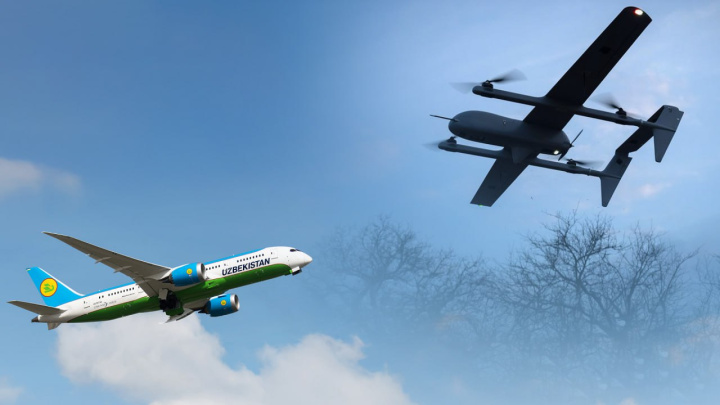Another serious problem has appeared in front of Uzbekistan, which is already struggling with problems such as water shortage, drought and desertification.
On March 31, 2022, the Taliban government presented a project for the construction of a large canal in the north of the country. According to it, the Kushtepa canal, which starts from the Amudarya, is being built in the territory of Balkh province.
In less water years, Amudarya water drops to 34 cubic kilometers. If this canal is completed, almost 10 cubic kilometers, that is, a third of the river’s water, will flow into the interior of Afghanistan. This can create serious consequences for Khorezm, Bukhara, Surkhandarya and Navoi regions, as well as the Republic of Karakalpakstan and Turkmenistan.
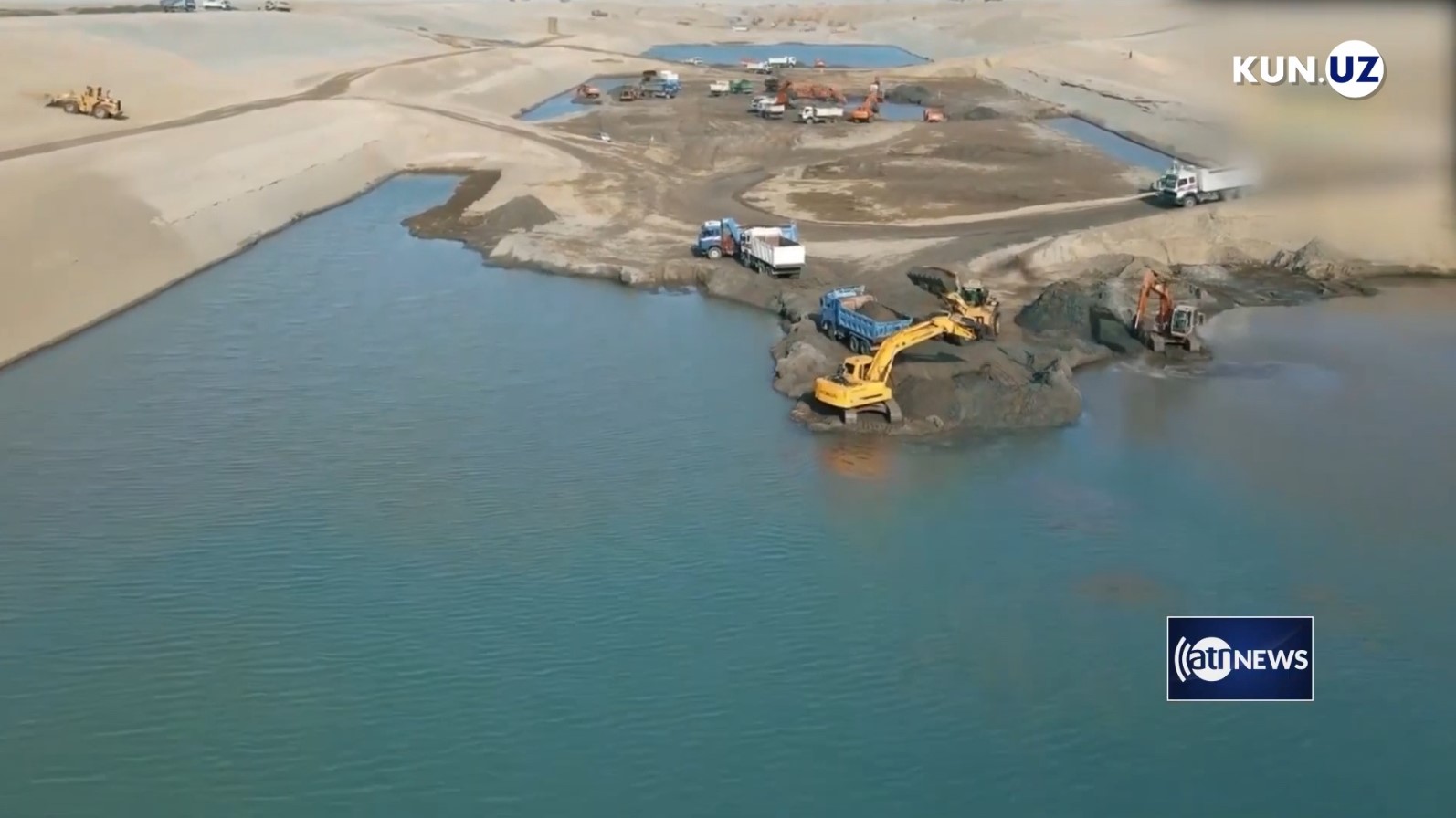
Kun.uz spoke to Doctor of Agricultural Sciences, Professor Usman Norkulov, political scientists Kamoliddin Rabbimov and Sukhrob Buronov about this major problem faced by Uzbekistan and the situation in Afghanistan in general, the complications that have arisen in the relations between the interim government there and the government of Uzbekistan. One can watch the full interview at this link.
In this material, we would like to draw your attention to the information given in the analytical article published some time ago by journalist Natalya Shulepina about how the construction of the Kushtepa canal will affect Amudarya and neighboring countries.
First of all, it should be noted that Afghans aim to develop agriculture in the three northern provinces through the canal under construction.
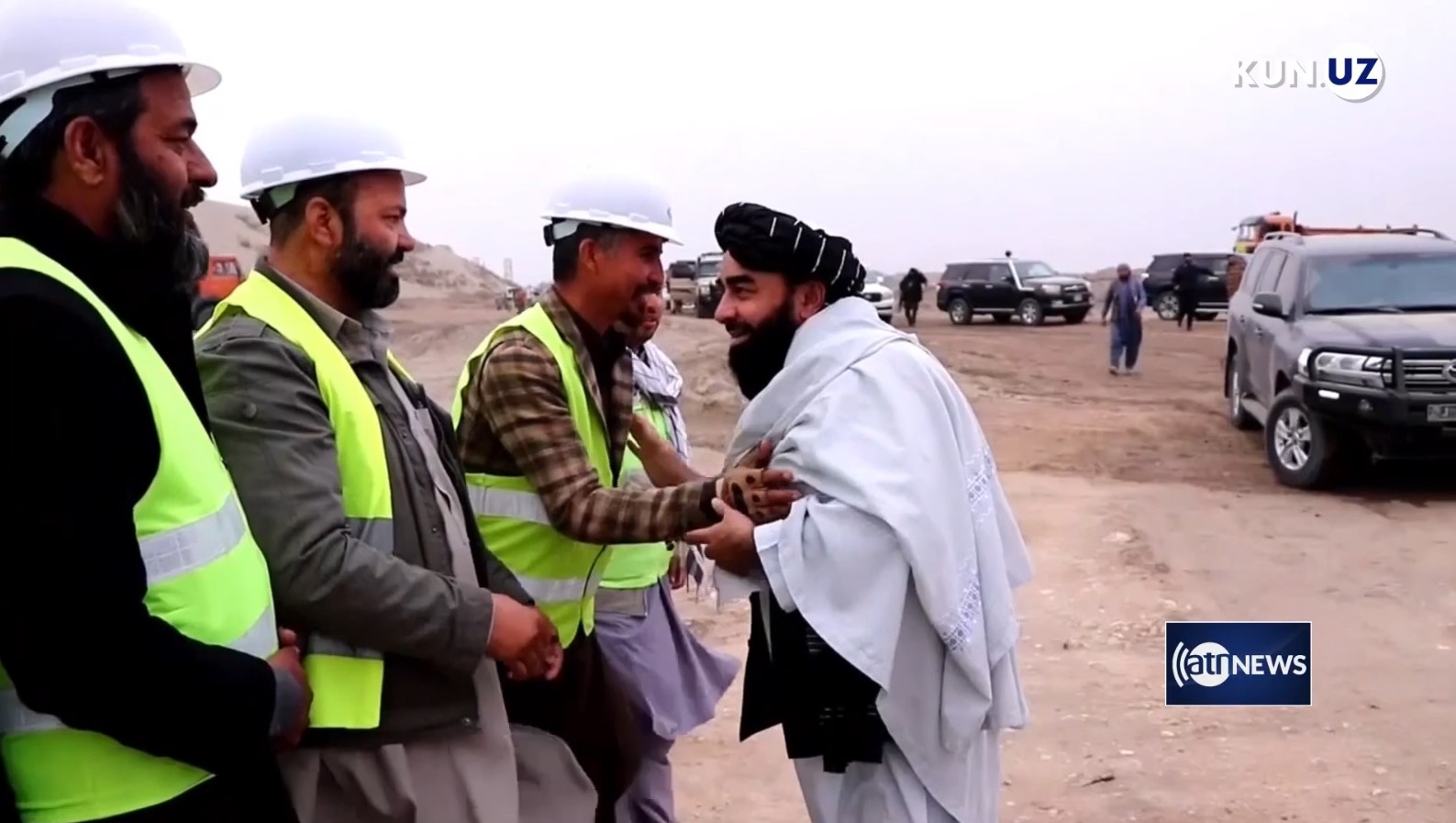
The canal starts from the part of Amudarya that passes through Kaldar district of Balkh province. The project is implemented by the National Development Company of Afghanistan at the expense of state funds.
It is known that the length of the channel is 285 kilometers. The cost of the project is estimated at $684 million. The canal is 100 meters wide and 8.5 meters deep. From March 2022, active construction works are being carried out with the participation of up to 4 thousand people.
As the article notes, the section completed by November of last year was about 40 kilometers long.
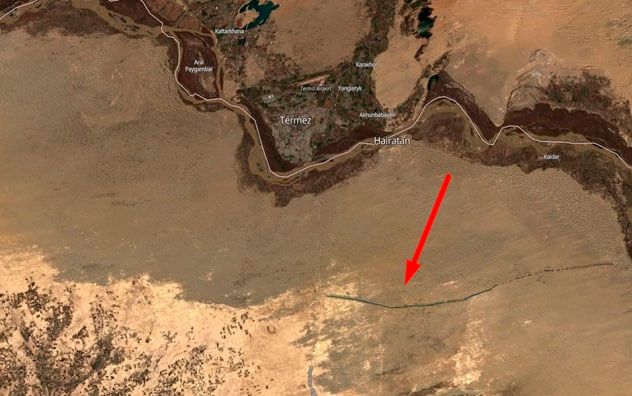
Kushtepa canal. Satellite image / Photo: Sreda.uz
“The Kushtepa canal is not so small that it is already clearly visible from space. Construction continues on a 65-kilometer section.
The canal is being built to receive 10 cubic kilometers of water from the Amudarya per year. Even if half of the water from the transboundary river is taken to the new canal, it will have a significant impact on the downstream countries,” the journalist said.
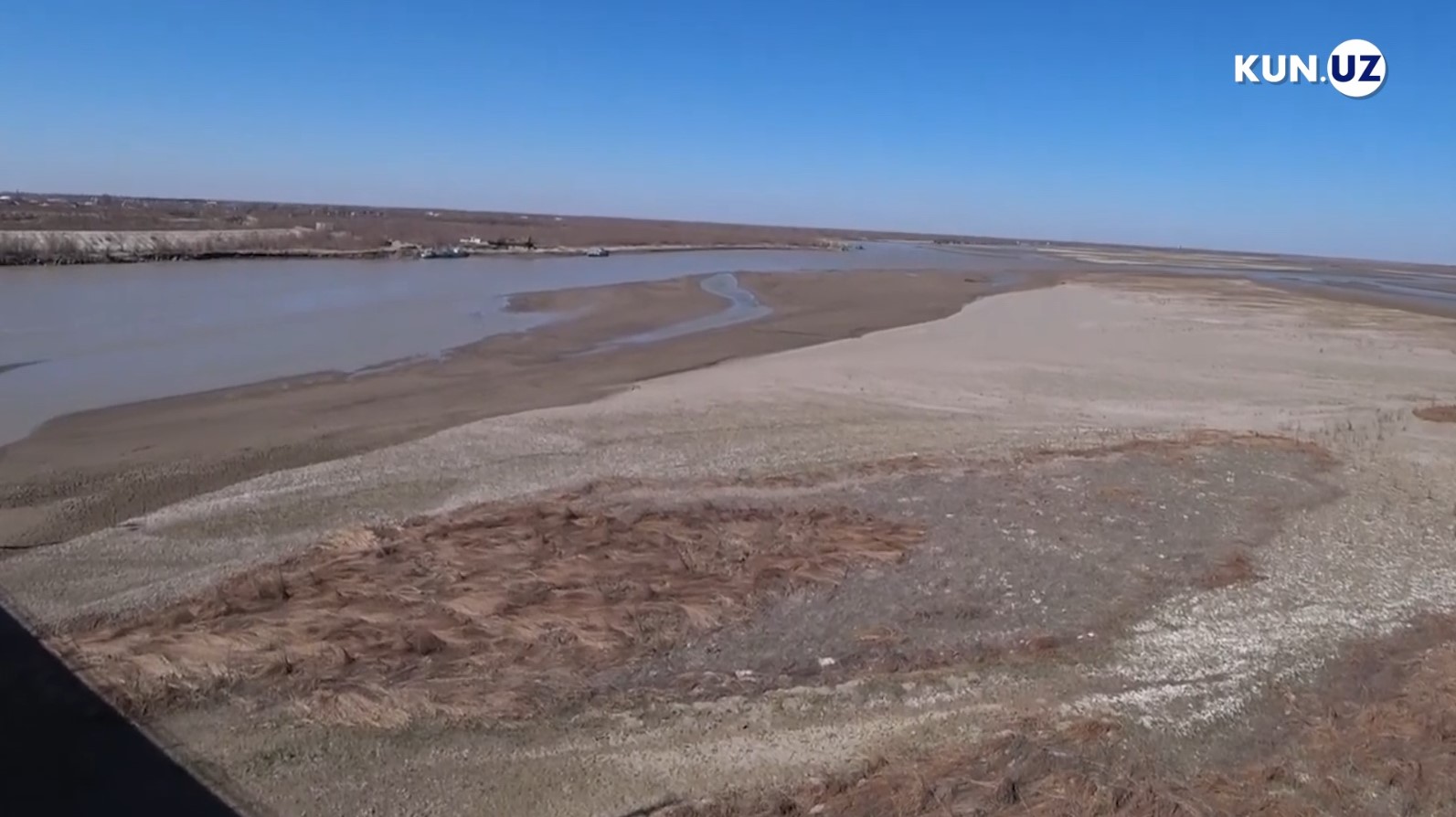
Today, the average annual flow of Amudarya is 79 cubic kilometers. Its length from its source to the Aral Sea is 2540 km. However, due to the lowering of the level, the river no longer reaches the Aral Sea. Now the water from the river ends in the Mejdurechensk reservoir, which feeds the Aral lakes.
During periods of low water, which occur frequently in recent decades, the flow of water along Amudarya was: in 2000 – 41.7 cubic kilometers, in 2008 – 34.9 cubic kilometers, in 2012 – 45.4 cubic kilometers.
According to Natalya Shulepina, currently there are quotas established in the USSR in the 1980s in the distribution of water among the five CIS countries. That is, no matter how much water flows along the river, it will be distributed according to quotas. Now Afghanistan also receives water from Amudarya.
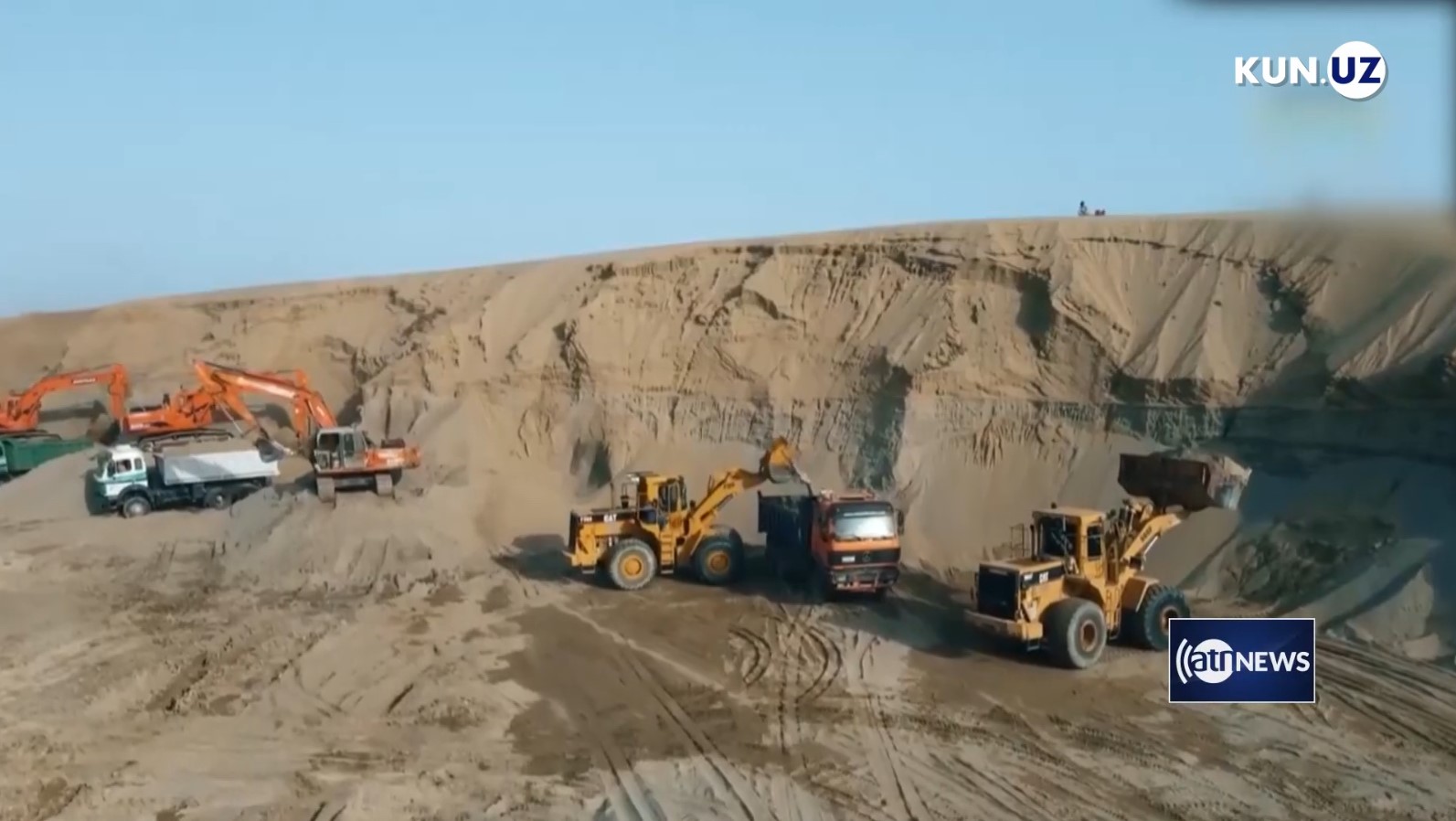
As the farming season begins this year, the water flow from upstream will decrease again. This has implications not only for the countries receiving water from it, but also for the river itself, its hydrology, and the surrounding landscape.
At this point, the fact that the Central Asian countries do not have any agreement on water distribution with Afghanistan may cause big problems. Because Afghanistan has not signed the UN Convention on the Protection and Use of Transboundary Watercourses and International Lakes.
“The prediction that Afghanistan will claim its right to water was made by the Inter-State Coordinating Water Commission of the Central Asian countries. And so, it happened.
What are “transboundary waters” and how should they be treated under international law? The UN Convention on the Protection and Use of Transboundary Watercourses and International Lakes defines them as follows: “Transboundary waters are any natural or artificial waters that mark, cross, or lie within the boundaries between two or more countries”.
Article 9 of the Convention provides that the parties may enter into bilateral or multilateral treaties or other agreements on an equal basis.
In fact, serious negotiations are underway with the Afghan side. 6 years is a short time to build a canal. It is evident that saving water resources and introducing water-saving technologies are vital in the countries of the region,” our colleague, who emphasized the importance of cooperation and agreements with neighboring countries in the use of Amudarya waters, said.

